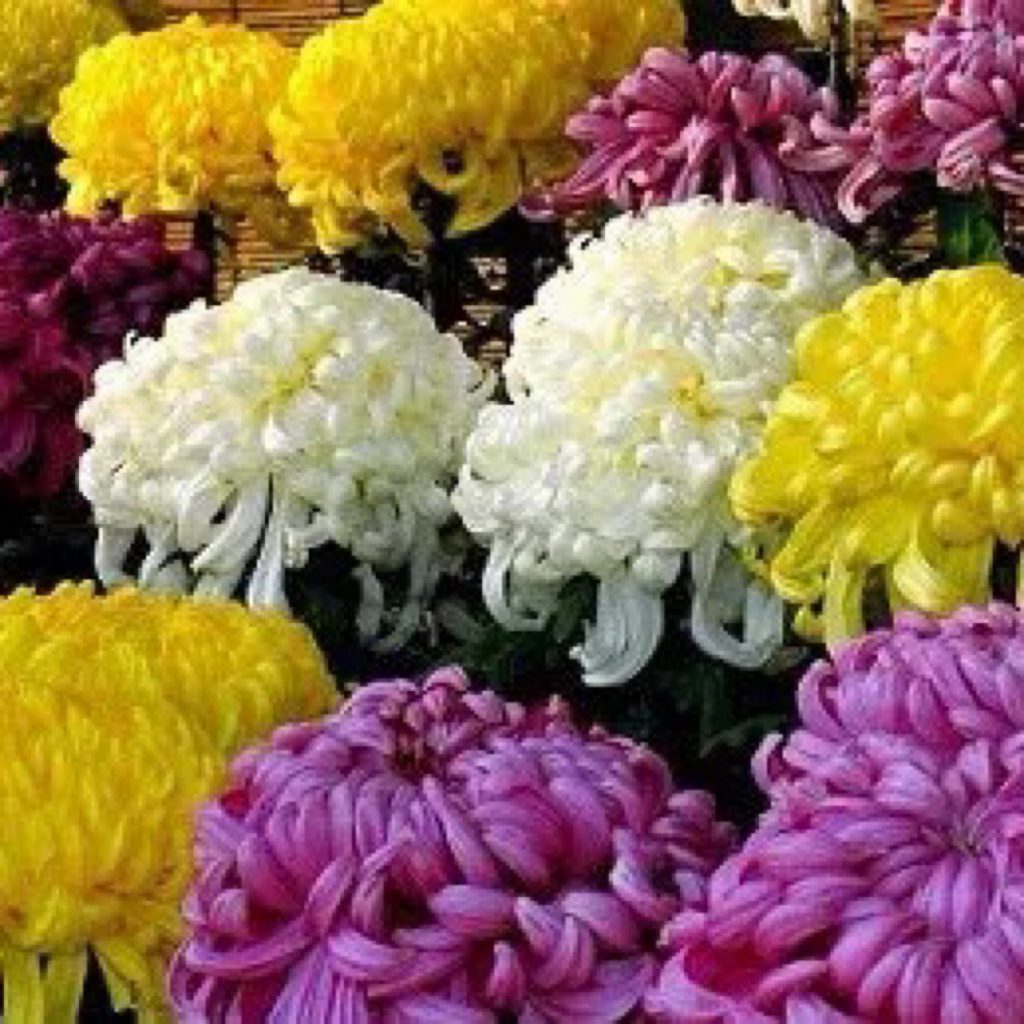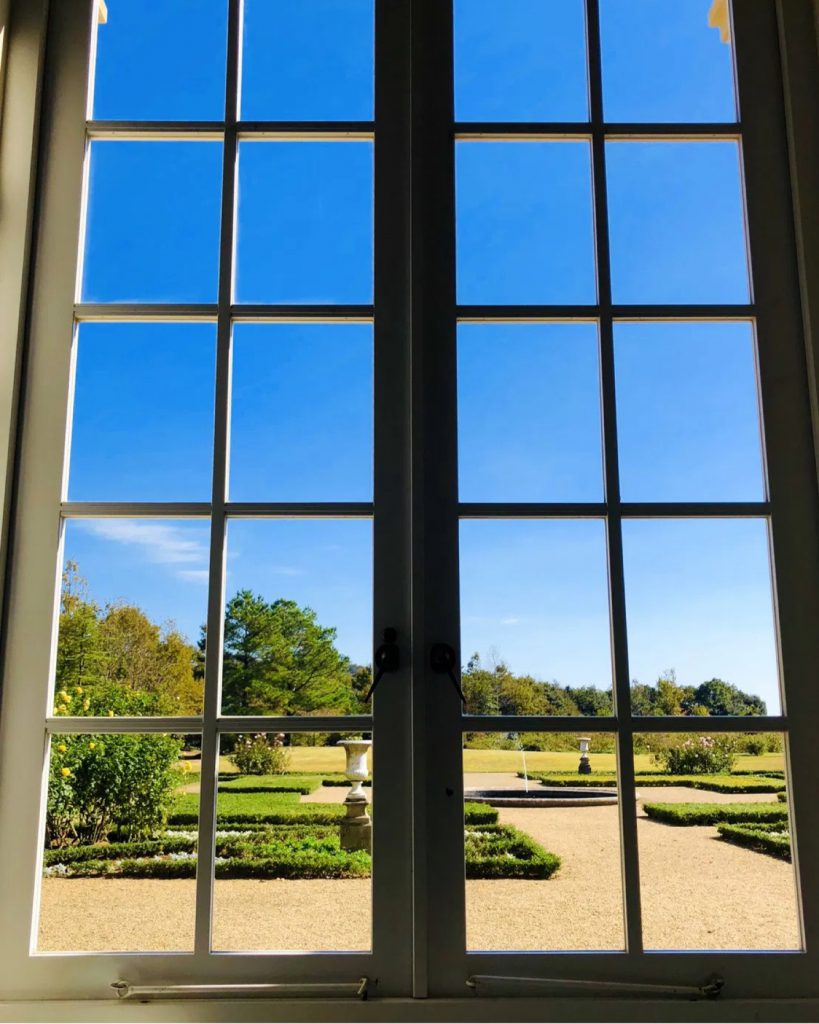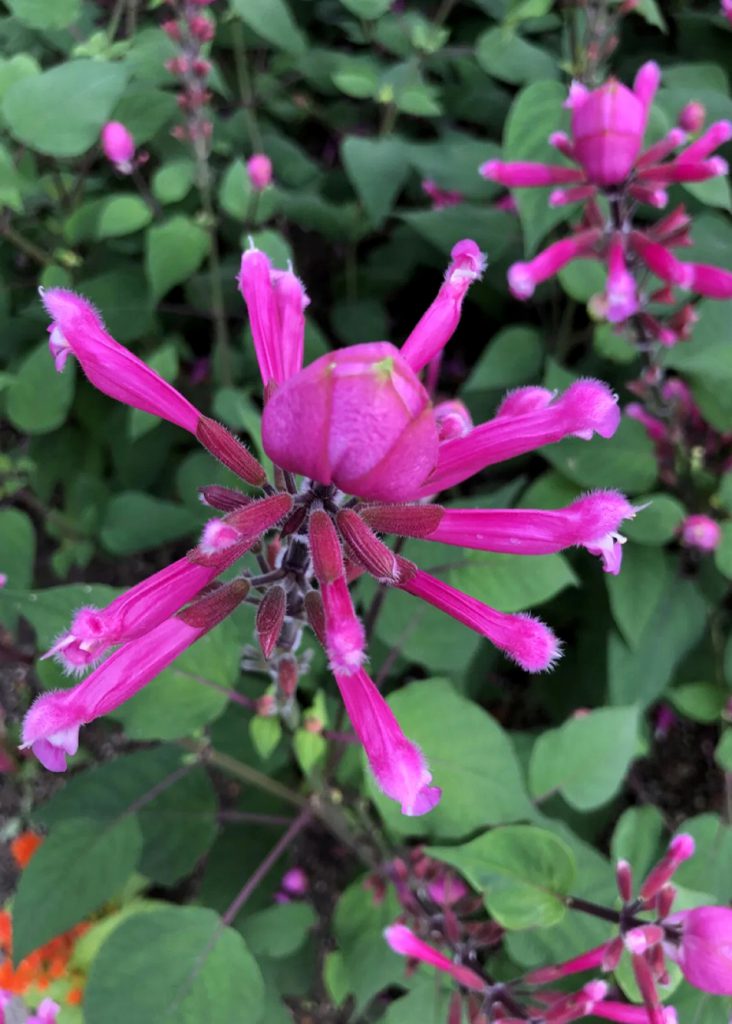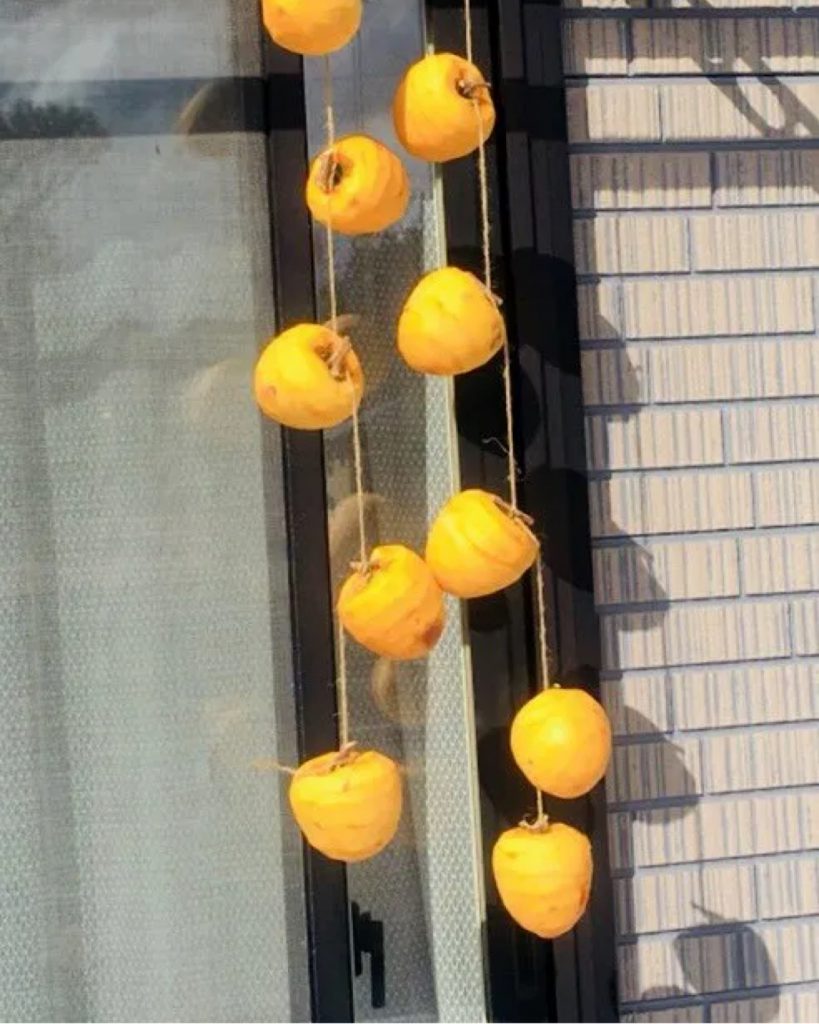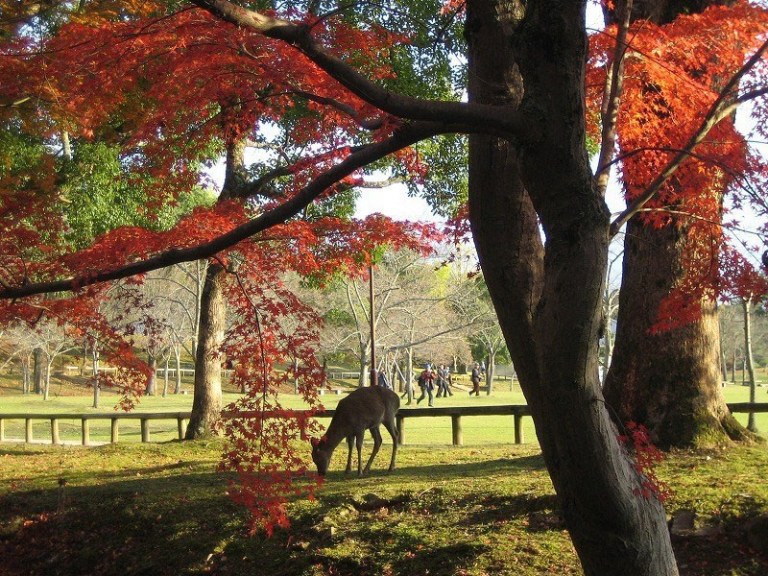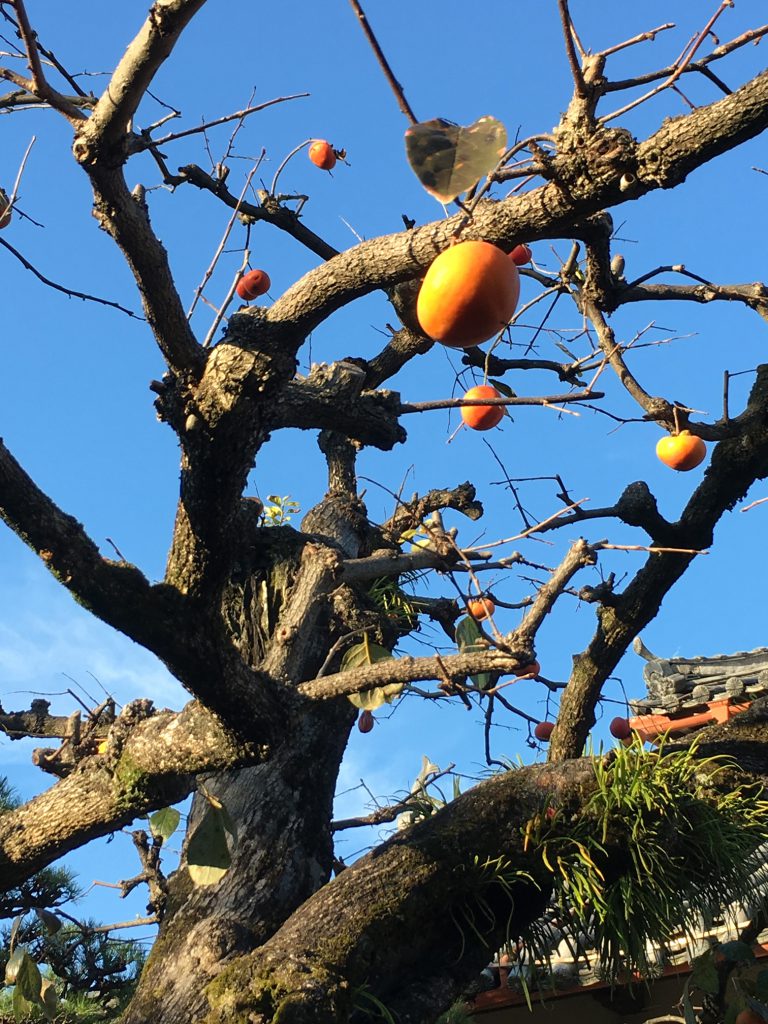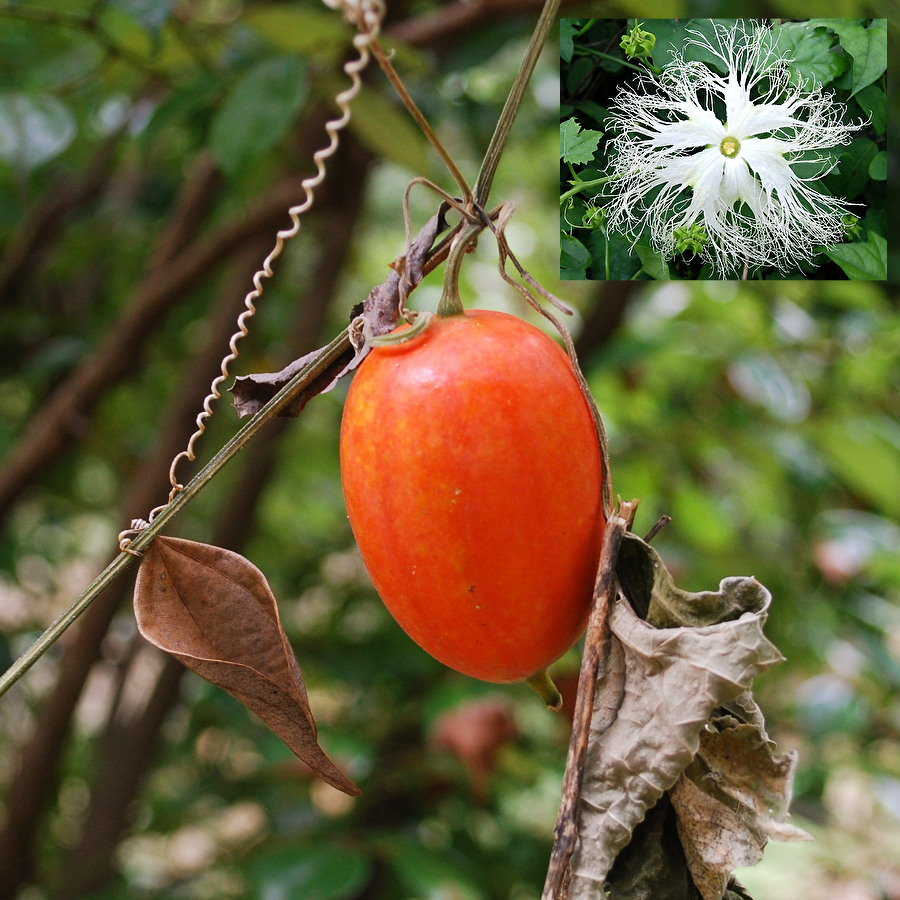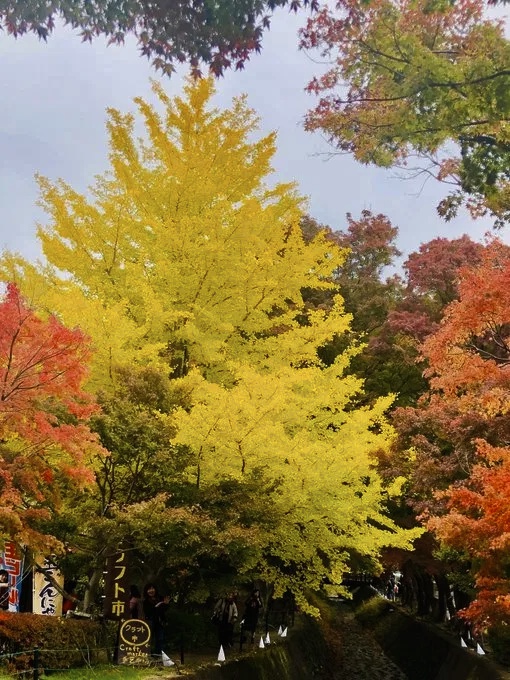
Lately, the nightfall has become much earlier, and it begins to dim after four o’clock. At that time, thanks to the autumn leaves that reflect the afterglow, the nightfall road becomes brighter. Looking up, the red and yellow colored leaves are dazzling. The beauty of these autumn leaves is taken for granted by us Japanese, but in fact it is by far the most beautiful in the world. The reason is that Japan has about twice the world average in both types and proportions of broad-leaved forests. In addition, the exquisite temperature changes of the four seasons and the humid climate have a great influence. As evidence, even the same maple has a completely different color depending on the area and location. Japan is a beautiful country in every sense, both nature and humans.
最近は日暮れも随分早くなって、四時を過ぎると薄暗くなり始めます。そんな時、残照を照り返す紅葉のお陰で、心なしか日暮れ道が明るくなります。見上げると、赤や黄に色づいた紅葉は眩しいほどです。この紅葉の美しさは、私達日本人は当たり前に思っていますが、実は世界でも飛び抜けて美しいのです。その訳は、まず、日本は広葉樹林の種類も比率も共に世界平均の2倍ほどあることです。さらに、四季の絶妙な気温変化と湿潤な気候が大きく影響しています。それが証拠に、同じカエデでも、地域や場所によって全然色が違います。自然も人間も、あらゆる意味で、やはり麗しの国、日本なんですね。

